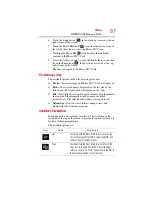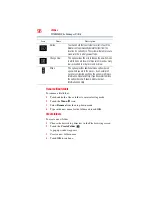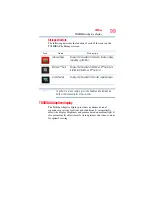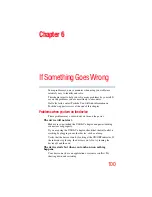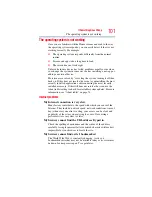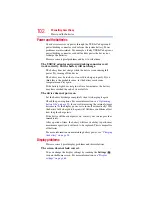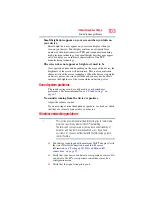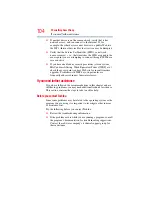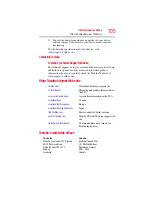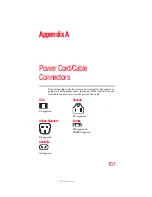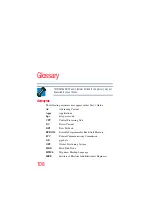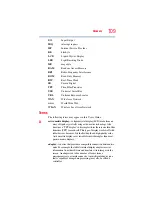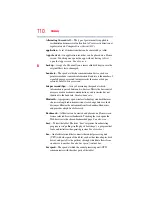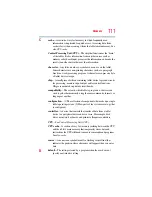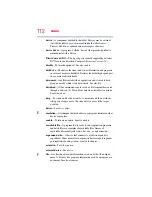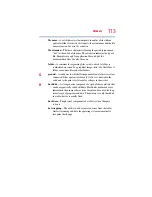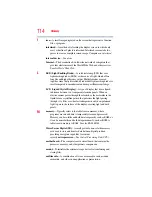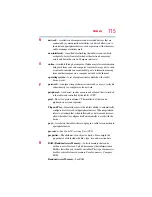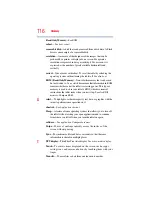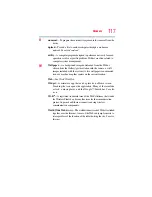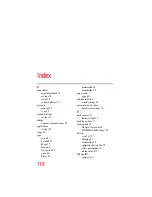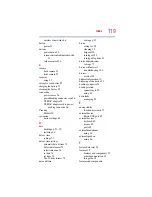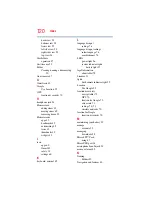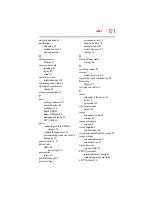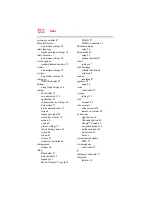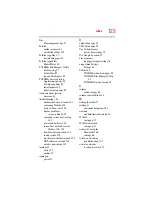
Glossary
111
C
cache
—A section of very fast memory in which frequently used
information is duplicated for quick access. Accessing data from
cache is faster than accessing it from the tablet’s main memory. See
also
CPU cache.
Central Processing Unit (CPU)
—The chip that functions as the “brain”
of the tablet. It takes information from outside sources, such as
memory or keyboard input, processes the information, and sends the
results to another device that uses the information.
character
—Any letter, number, or symbol you can use on the tablet.
Some characters are non-printing characters, such as a paragraph
break in a word-processing program. A character occupies one byte
of tablet device storage.
chip
—A small piece of silicon containing tablet device logic and circuits
for processing, memory, input/output, and/or control functions.
Chips are mounted on printed circuit boards.
compatibility
—The extent to which tablets, programs, or devices can
work together harmoniously, using the same commands, formats, or
language as another.
configuration
—(1) The collection of components that make up a single
tablet operating system. (2) How parts of the system are set up (that
is, configured).
controller
—A device that controls the transfer of data from a tablet
device to a peripheral device and vice versa. For example, disk
drives, monitors, keyboards, and printers all require controllers.
CPU
—See
Central Processing Unit (CPU).
CPU cache
—A section of very fast memory residing between the CPU
and the tablet’s main memory that temporarily stores data and
instructions the CPU will need to execute commands and programs.
See also
cache.
cursor
—An on-screen symbol (usually a flashing vertical line) that
indicates the position where characters will appear when you enter
data.
D
default
—The setting selected by a program when the user does not
specify an alternative setting.

